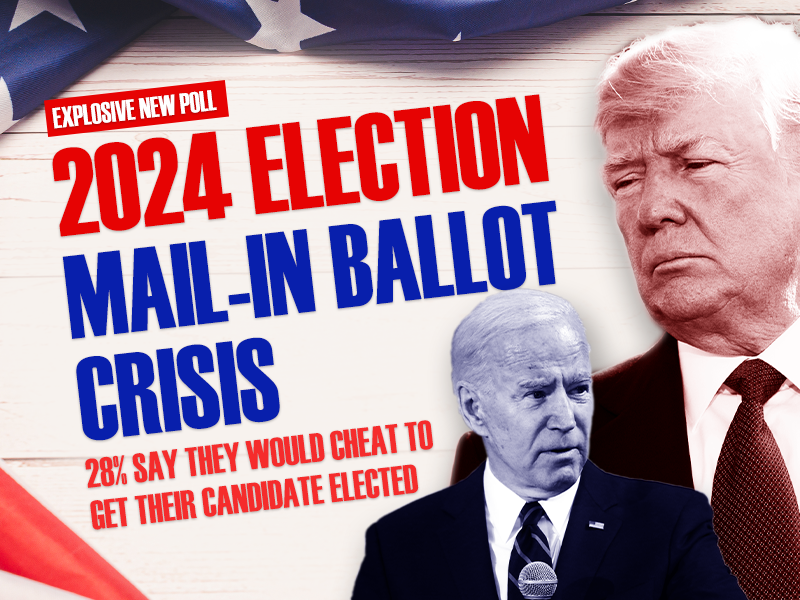Consumer protection can be a double-edged sword, with unforeseen secondary effects far outweighing the benefits of a new policy. Protecting consumers from fraud is a just and necessary function of government, but at what point does consumer protection pass its necessary boundaries and infringe the rights of others? In his article, “Don’t penalize responsible credit card users,” J.H. Huebert adeptly explains the rarely considered negative consequences of consumer protection reforms in the credit card industry.
Huebert’s critique focused on the negative effect the Federal Reserve’s proposed reforms would have on responsible lenders, creating a de facto subsidy of less-responsible cardholders. The Federal Reserve specifically targets with its reforms lenders who change and manipulate the interest rates of their account holders, claiming the practice misleads and exploits consumers. This seems ironic coming from the Federal Reserve, whose manipulation of interest rates distorted the credit markets and was one of the primary causes of the current economic crisis.
Credit companies, like banks and insurers, need to be allowed to modify their prices according to their risk and costs to remain fiscally solvent. Any attempt by the government to manipulate credit rates through regulation, even well-intended consumer protection efforts, is price control, pure and simple. In the end, the credit market is best served when the government is focused on preventing fraud, not on trying to control the uncontrollable.
Matthew Glans ([email protected]) is a legislative specialist for The Heartland Institute.




